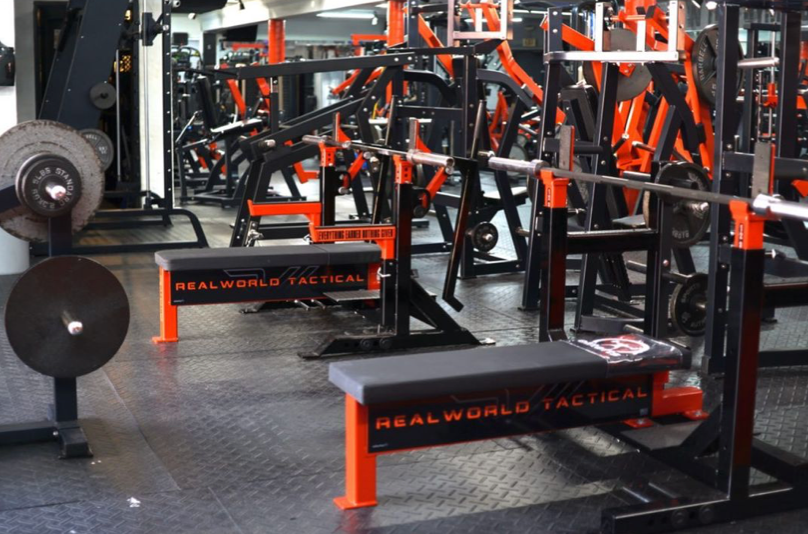In today’s fast-paced world, many people strive to be fit — and for good reason. Fitness is more than just a goal; it’s a powerful gateway to better health, improved mood, sharper focus, and a longer, more functional life. Whether you’re a beginner or already active, understanding the building blocks of health and fitness can help you make smarter, more sustainable choices.
The Types of Fitness You Need
To build a balanced body and mind, your fitness routine should include a variety of exercise types:
1. Aerobic (Cardiovascular) Exercise
This form of exercise raises your heart and breathing rate, strengthening your heart and lungs. Activities include:
- Walking or jogging
- Swimming
- Cycling
- Dancing
- Playing tennis

2. Strength Training
As we age, we naturally lose muscle mass. Strength training — using weights, resistance bands, or body weight — builds muscle, supports bone health, and improves posture and stability.

3. Flexibility and Mobility
Stretching, yoga, and other mobility work help prevent injury and improve your body’s range of motion. While there’s no official guideline on how long to stretch each day, incorporating even 5–10 minutes into your daily routine can make a big difference over time.

4. Balance and Stability
Essential for older adults, balance exercises like tai chi or standing on one foot can help prevent falls and maintain independence.

5. Rest and Recovery
Rest is not laziness — it’s essential. It allows your muscles to repair, grow, and adapt. On recovery days, consider walking or doing gentle yoga to keep blood flowing without over-stressing your body.

What Does It Mean to Be Fit?

Fitness is often misunderstood as a particular look or body type. But true fitness goes far deeper. According to the Physical Activity Guidelines for Americans, fitness encompasses five key components:
- Cardiorespiratory Fitness – Your body’s ability to take in and use oxygen effectively. Think brisk walking, running, or cycling.
- Musculoskeletal Fitness – This includes muscle strength, endurance, and power.
- Flexibility – Your joint range of motion and your ability to move freely.
- Balance – Helps you stay upright and prevents falls.
- Speed – How quickly you can move.

Real-world fitness is less about aesthetics and more about function: Can you carry groceries up the stairs without losing your breath? Can you keep up with your kids in the park? This is where physical fitness shines — enabling everyday actions with strength and ease.
The Health Benefits of Fitness
Exercise is a powerful form of medicine — possibly more effective than any pill for preventing chronic diseases. Regular physical activity helps:
- Enhance brain, bone, and muscle health — keeping you sharp, strong, and mobile well into older age.
- Prevent chronic illnesses like heart disease, diabetes, and even certain cancers.
- Boost mood and mental health, reducing symptoms of depression and anxiety.
- Improve sleep quality by helping regulate your body clock and reducing stress.

How Much Exercise Do You Actually Need?
The U.S. Department of Health and Human Services recommends:
- 150 minutes of moderate aerobic activity (e.g., brisk walking) or 75 minutes of vigorous activity (e.g., running) per week.
- Muscle-strengthening activities at least two days per week.
Older adults should also include balance training, while flexibility and mobility work — although not officially quantified — should be included regularly.
For even more health benefits, aim for up to 300 minutes per week of moderate-intensity activity.

Tips to Stay Motivated and Consistent
- Start Small – Even 5-minute “exercise snacks” count toward your goals.
- Progress Gradually – Don’t jump in too fast. Build up your routine over time.
- Make It Fun – Dance in your kitchen, play with your dog, or go hiking — it all counts.
- Schedule It – Treat your workouts like appointments you can’t miss.
- Try HIIT – High-Intensity Interval Training can be a fast and efficient way to get fit.
- Buddy Up – A friend or family member can make exercise more enjoyable and keep you accountable.
Exercising at Home? No Problem
With so many online resources and minimal gear needed, you don’t have to hit the gym. Start with bodyweight movements (squats, lunges, pushups), then consider getting resistance bands, dumbbells, or a yoga mat as your needs evolve.

Final Thoughts: Your Fitness Journey Starts Now
Fitness is not a destination — it’s a lifestyle. Whether your goal is to feel more energized, age gracefully, or manage a health condition, the key is simply to move your body regularly and intentionally. Mix cardio, strength, flexibility, and rest. Listen to your body. Eat to support your efforts. And above all, find joy in the process.
Because in the end, fitness isn’t about perfection — it’s about progression.

